Identifying Wood-Destroying Organisms
Jump to a question:
In Southern California, several types of wood-destroying organisms can quietly damage your home if left untreated. Knowing what you’re dealing with is the first step toward protecting your property. This page will help you identify the three most common culprits: drywood termites, subterranean termites, and dry rot.
If you’d rather not guess, we can identify the problem for you. Termite and dry rot inspections are what we do, and we’re very good at it. Our inspections are completely free, and we’re just a message away.
Drywood Termites
Drywood termites are small, wood-destroying insects commonly found throughout Southern California. Workers, the most numerous members of the colony, are cream-colored and about 1/8 inch long. Soldiers are similar in size but have larger heads and stronger mandibles for defense. Swarmers, or reproductives, are dark reddish brown with translucent wings and measure about 1/2 inch long. During warm weather, especially on sunny days, swarmers leave the colony in search of new nesting sites. While most swarmers do not survive long due to environmental factors, a few successfully find cracks or exposed wood, shed their wings, and establish new colonies. Early identification of drywood termites can help prevent serious damage, making regular termite inspections and timely treatments an important part of protecting your property.
What are the signs of drywood termite infestation?
Drywood termites leave behind a few clear signs. One of the most common is their droppings, known as frass — small, sand-like pellets they push out of the wood. Another giveaway is discarded wings, often found near windows or light fixtures after a swarm. You might also notice subtle bulges or ripples in painted or finished wood, which can indicate that the termites have hollowed out the wood just below the surface.
What does termite frass look like?
One of the key identifying features of drywood termites is their frass, or droppings. Unlike subterranean termites, drywood termites do not use their waste to construct mud tubes. Instead, they push their frass out of small kick-out holes near the nest. Drywood termite frass is often found in small piles and resembles sawdust or tiny pellets. These pellets are hard, oval-shaped, and have ridges along their sides. The presence of frass is a clear indicator of a drywood termite infestation and is often one of the first signs noticed by homeowners.
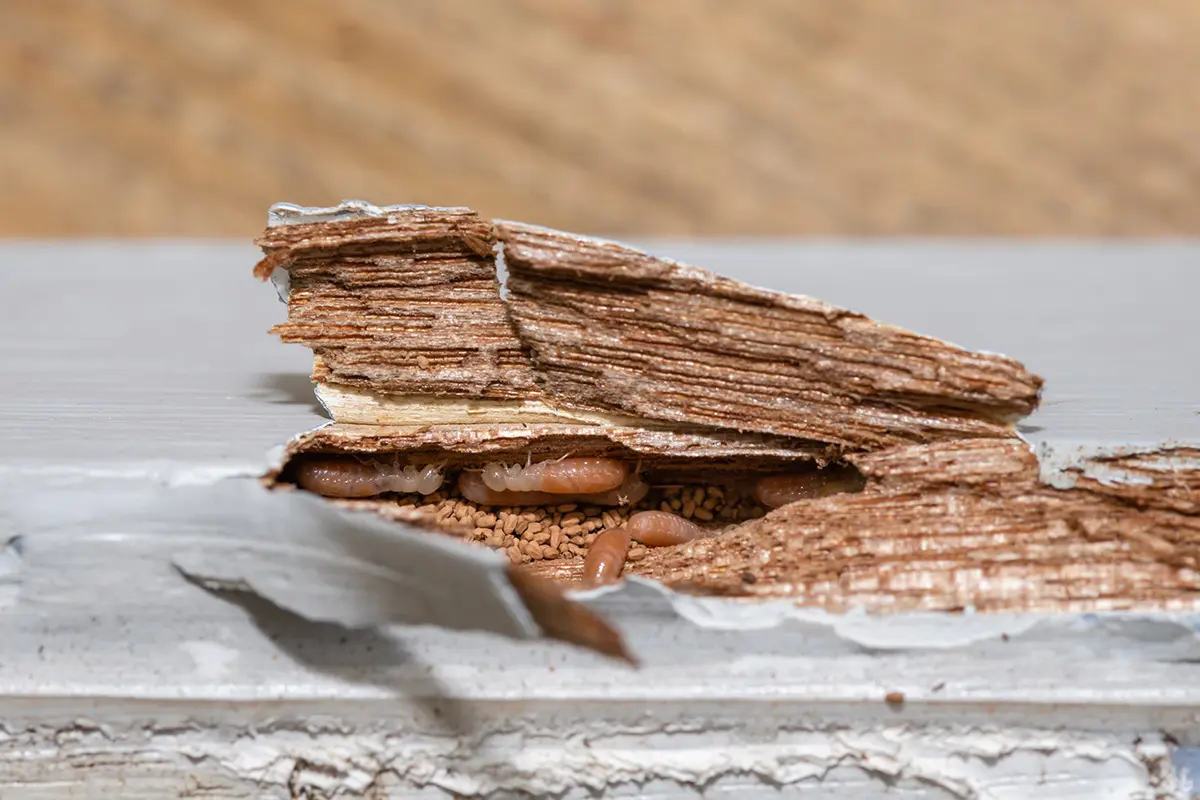
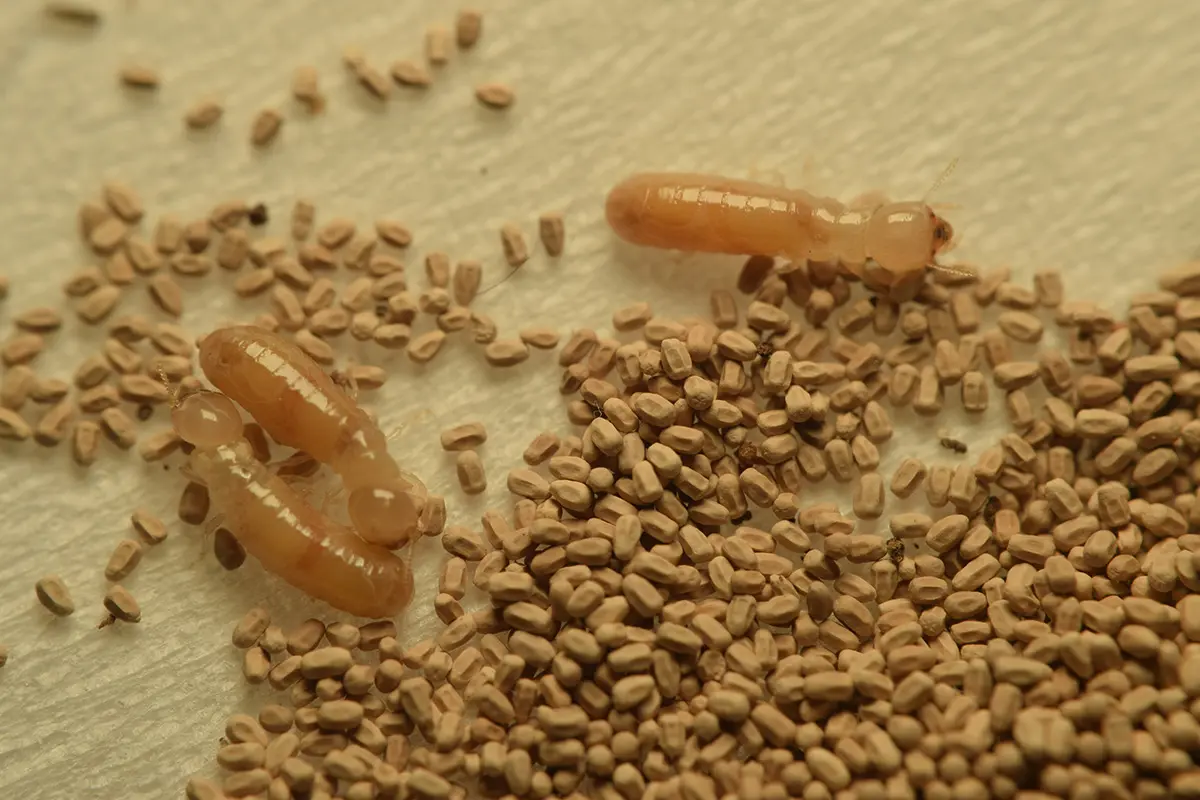
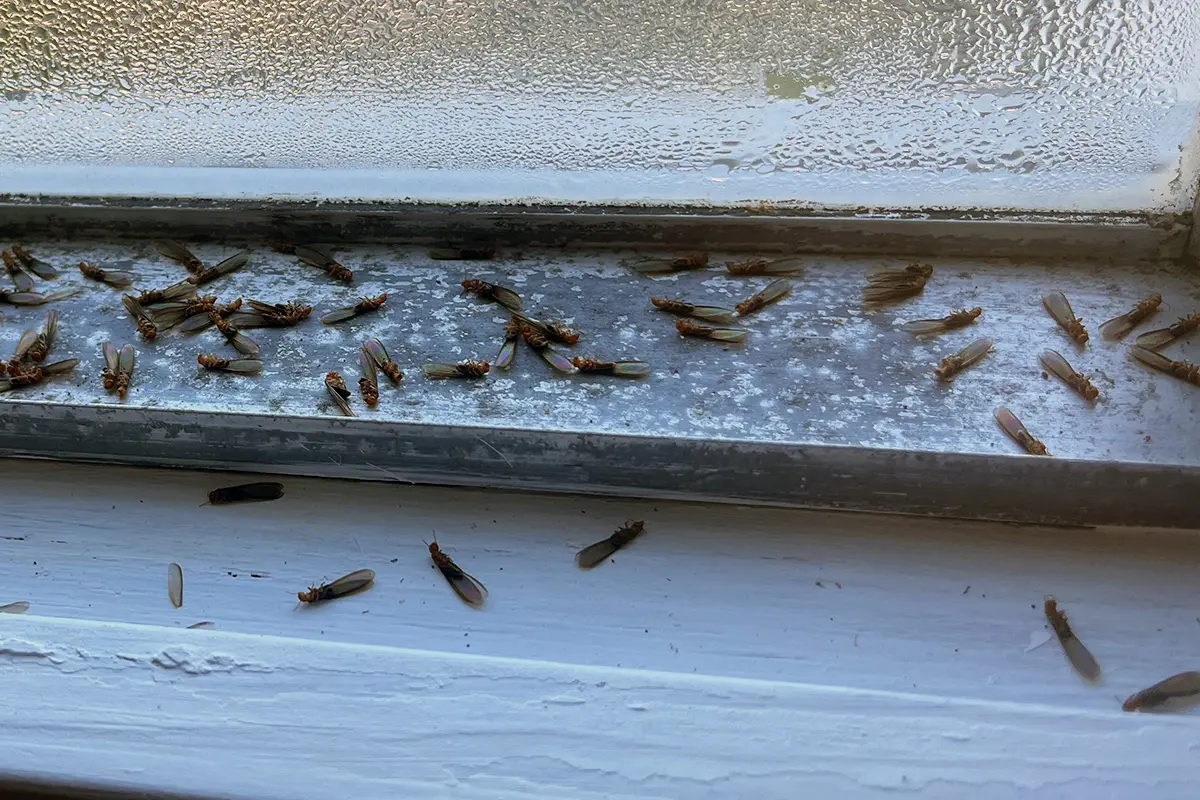
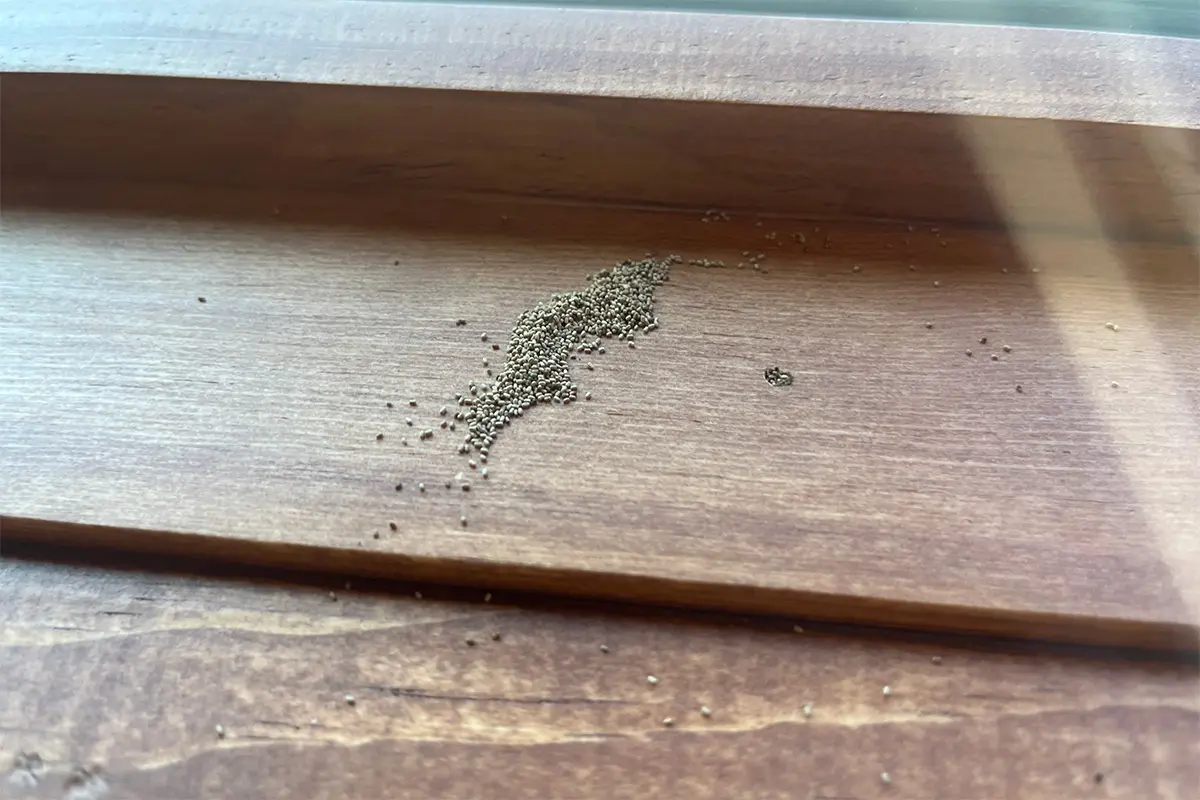
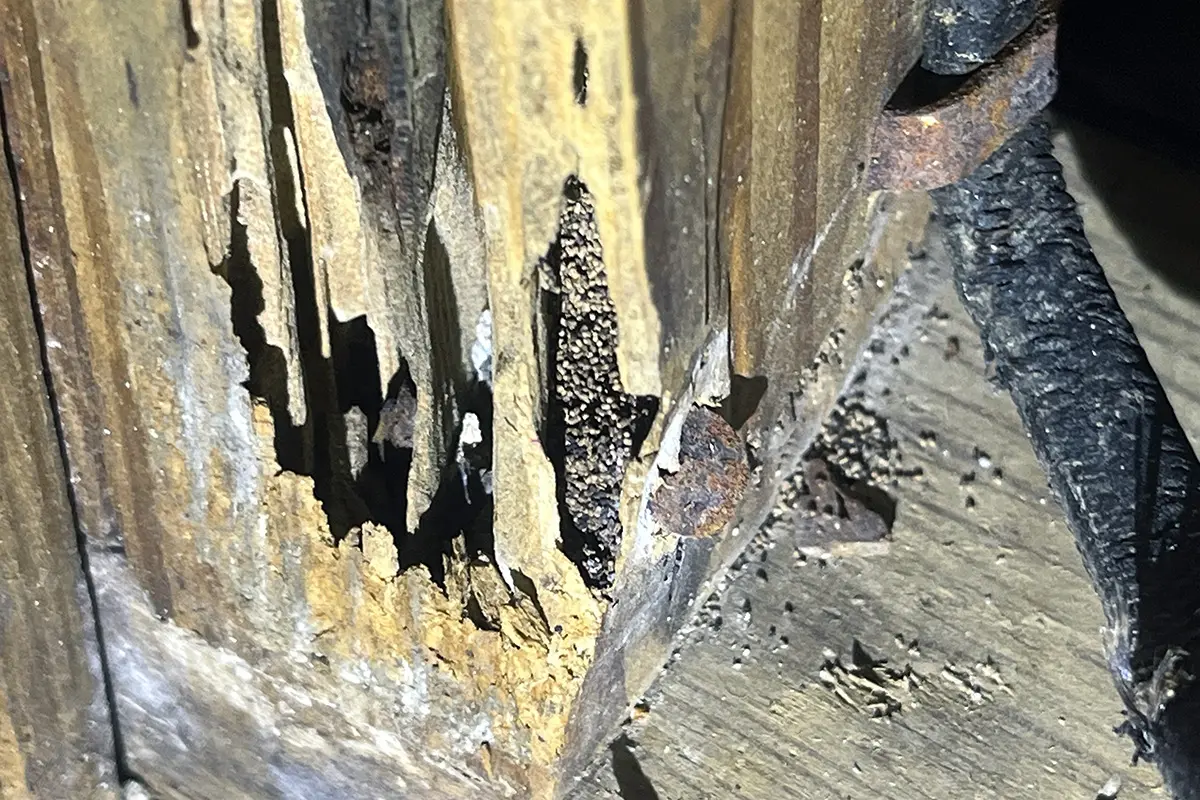
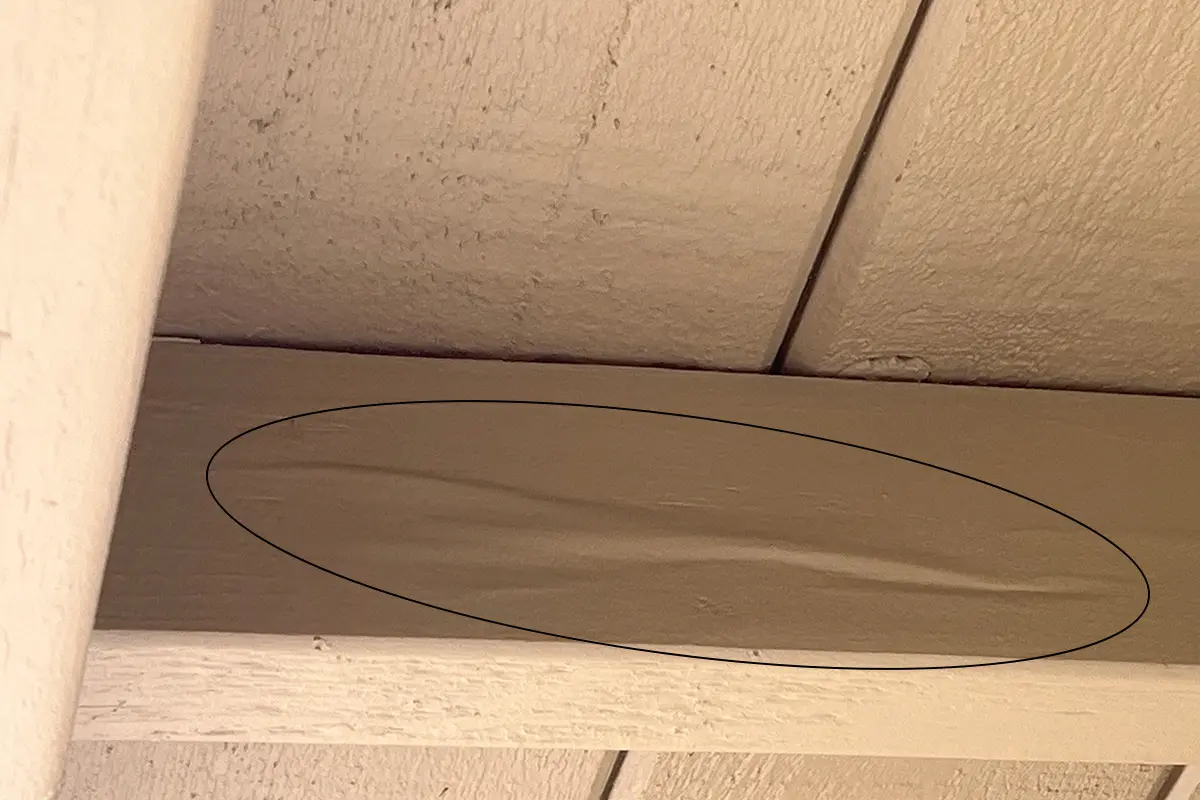
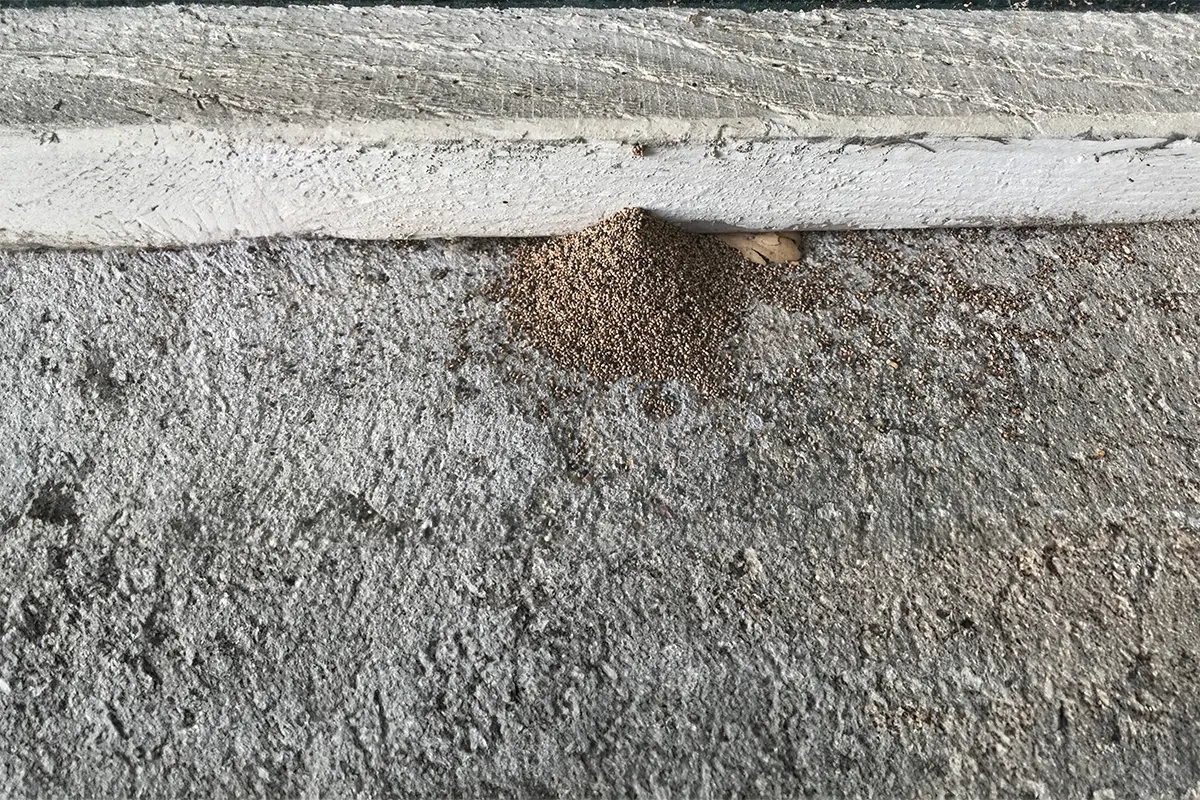
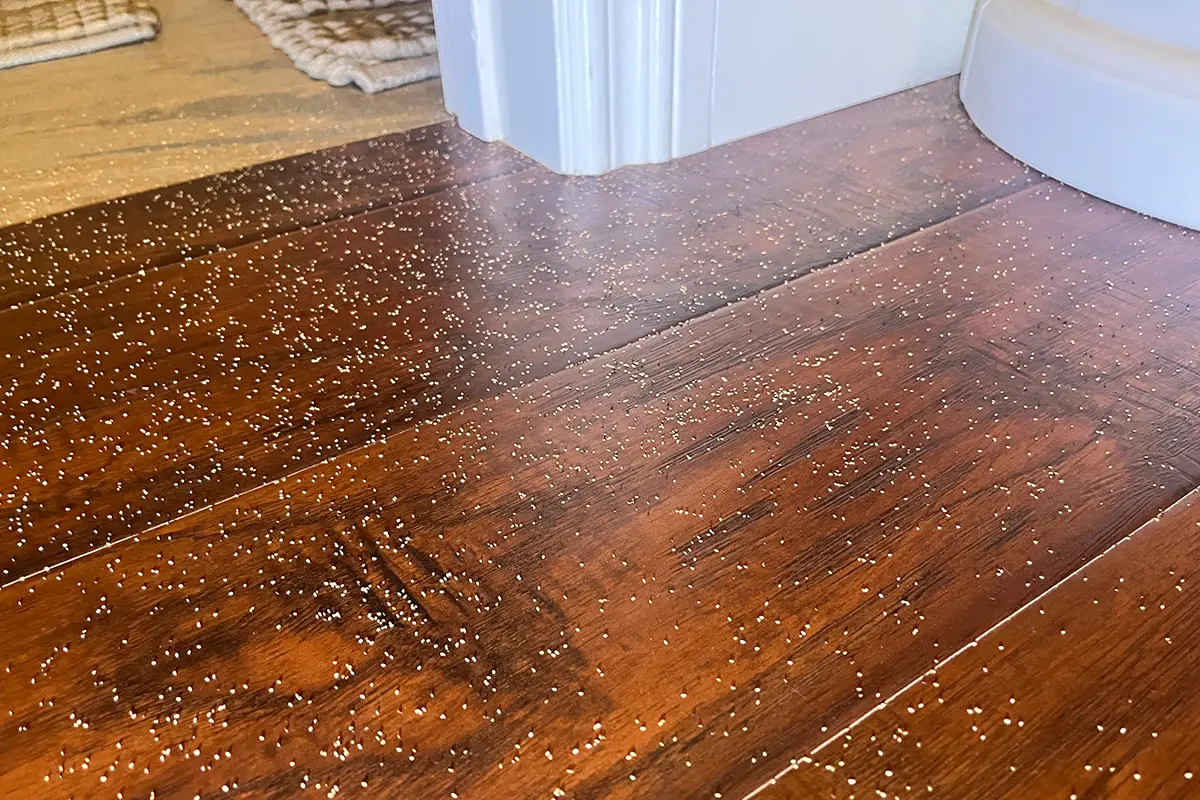
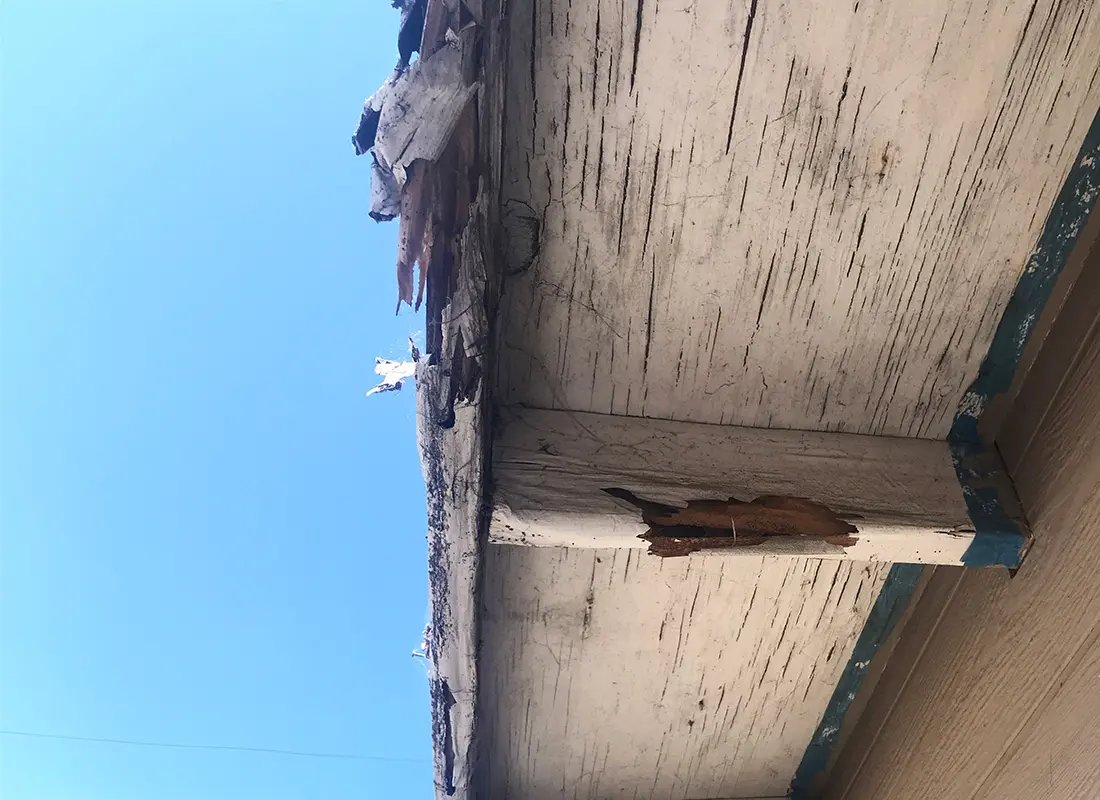
A variety of treatments are available for drywood termites. Visit our termite treatment page to learn about the available options, including local treatments and full-structure solutions.
Subterranean Termites
Subterranean termites are less common in Southern California than drywood termites, but they can still cause serious damage if left untreated. These termites live underground and build distinctive mud tubes to reach wood and other materials above ground. The mud helps them retain moisture and protects them from predators, allowing them to stay hidden for long periods. While drywood termite problems are almost expected over time in this region, subterranean termite infestations are less widespread but can be even more destructive if they go unnoticed. Early termite inspections are especially important for catching problems before they become serious, and treatment options are available to eliminate the colony and protect your home.
What are the signs of subterranean infestation?
The most recognizable sign of a subterranean termite infestation is the presence of mud tubes — narrow, earth-colored tunnels usually found along foundations, walls, or other structural surfaces. You may also find mud packed inside damaged wood. Subterranean swarmers, which are the reproductive members of the colony, have black bodies and are slightly smaller than drywood swarmers. Although many members of the colony look similar to drywood termites, the color of the swarmers is one of the easiest ways to tell them apart.
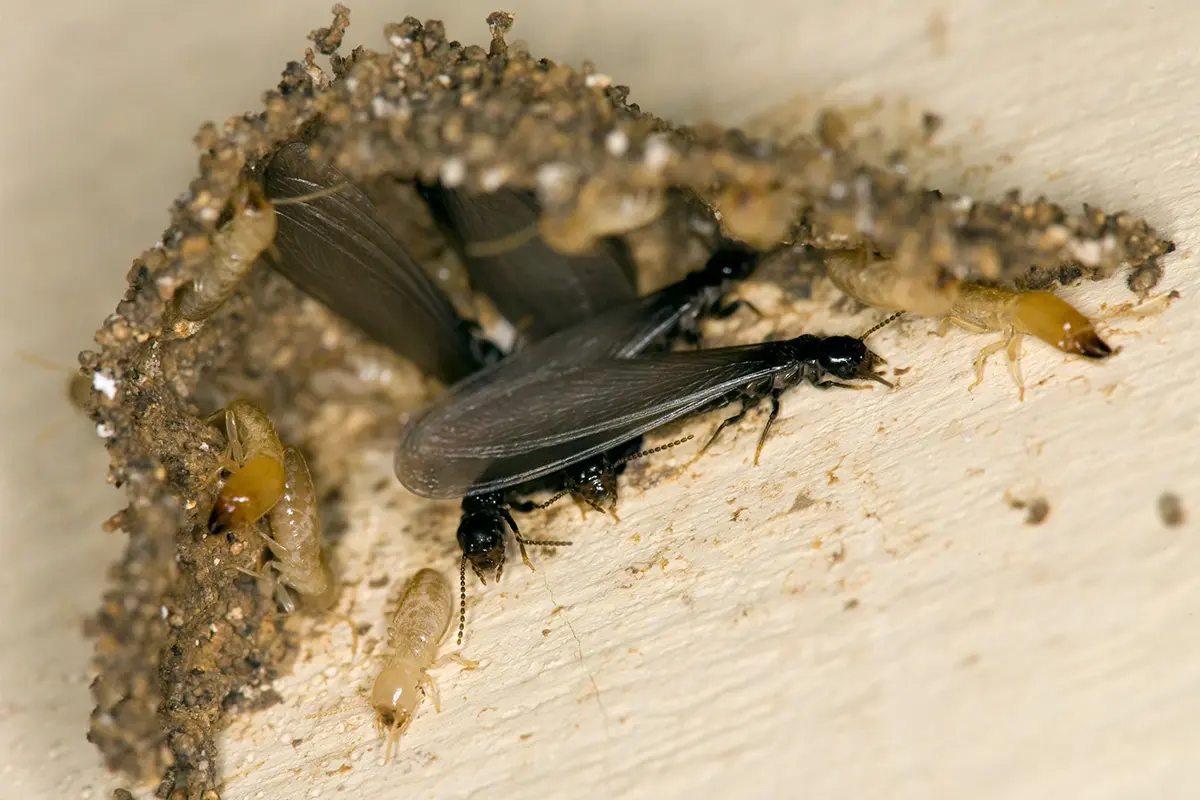
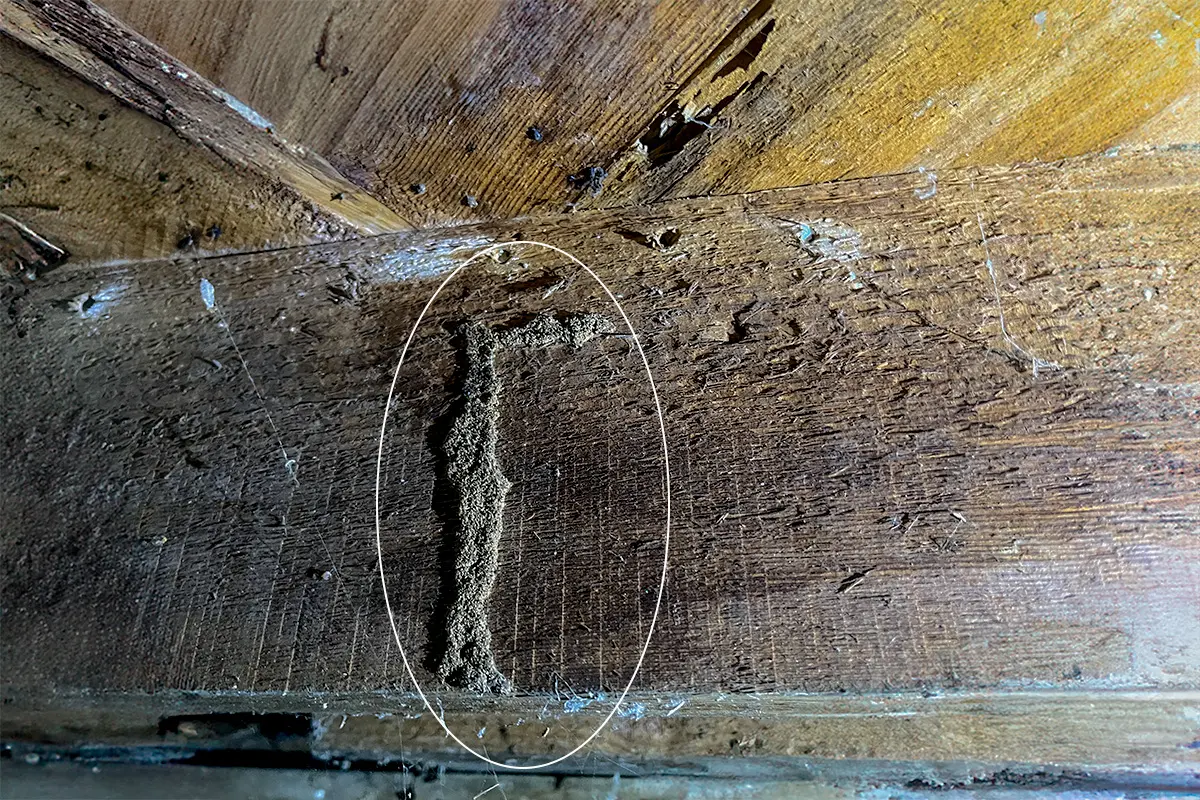
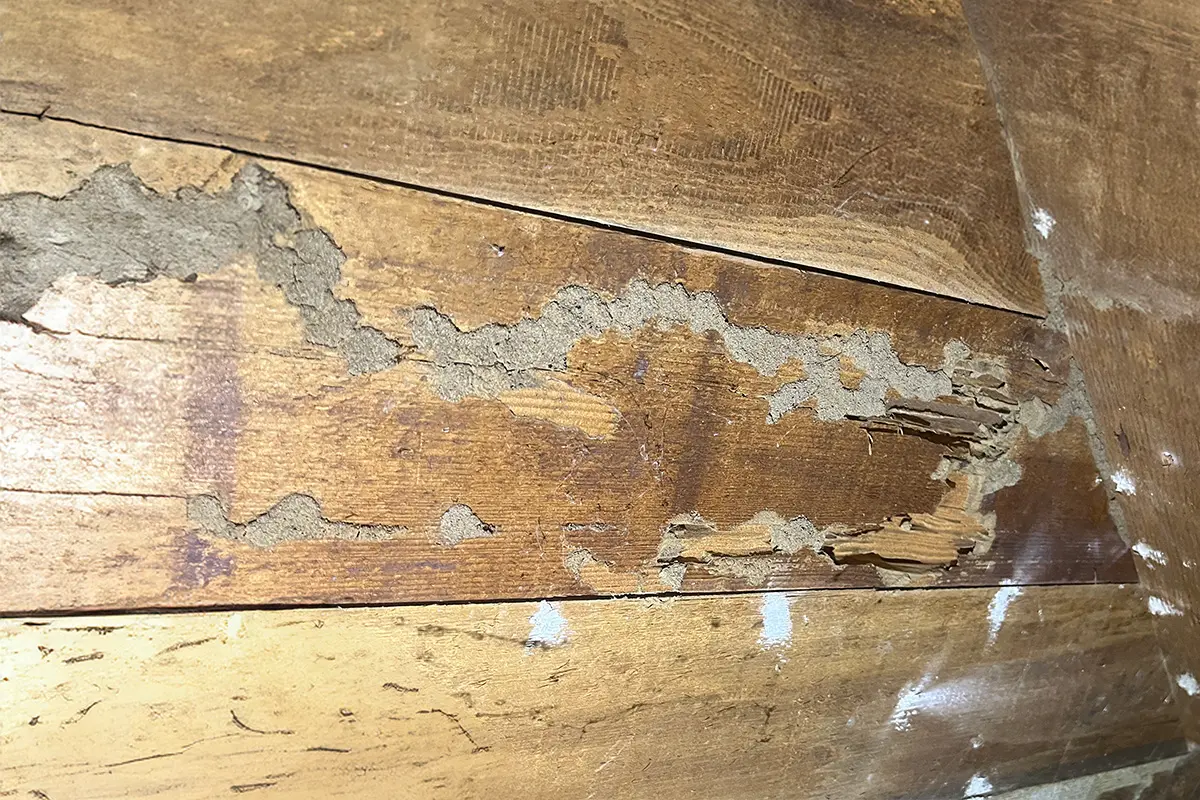
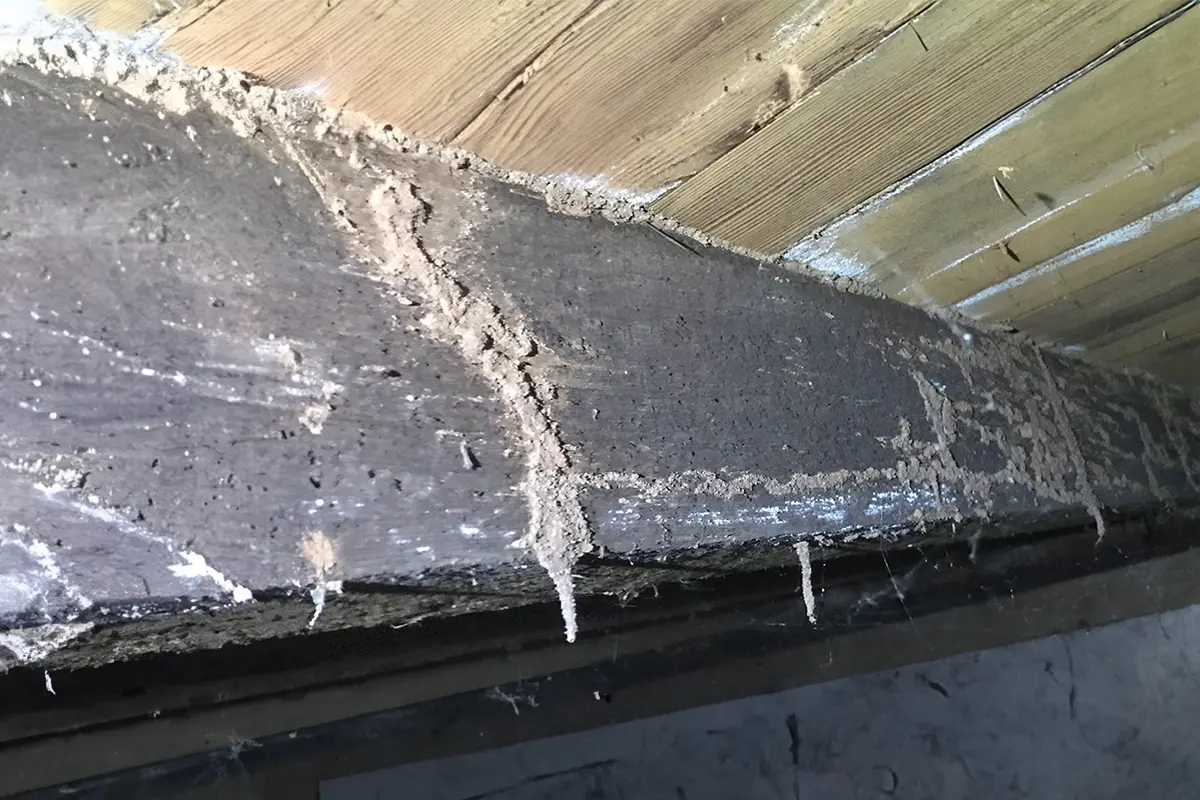
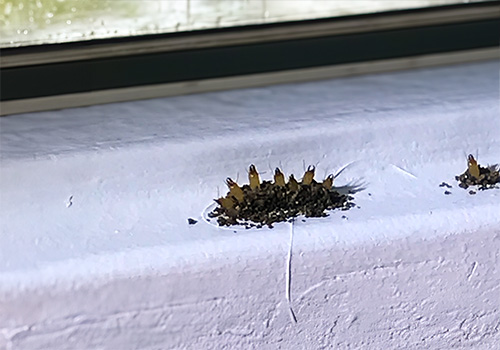
Subterranean termite treatments often focus on the soil around the structure, where these termites enter and build their colonies. To learn more about how these treatments work, visit our termite treatment page.
Dryrot
Dryrot is a wood-destroying fungus that thrives in damp environments. Often mistaken for water damage, dryrot is caused by the fungus breaking down wood fibers, not by water itself. Water alone typically causes wood to swell and shrink, leading to visible problems like cracks, warping, joint separation, buckling, and damaged finishes. Outdoor wood is further affected by UV radiation and temperature changes, which accelerate surface wear and create entry points for moisture.
Cracks and unfinished wood surfaces trap moisture, creating the ideal conditions for fungal growth. Unlike water’s indirect effects, dryrot directly compromises the structural integrity of the wood, making early identification and prevention critical to avoiding extensive damage.
What Does Dry Rot (Wood Decay Fungus) Look Like?
Identifying dryrot early can prevent costly repairs. Common signs of dryrot include:
-
Soft wood: Wood should feel firm and solid to the touch. If it feels soft or spongy, it’s a clear indicator of dryrot.
-
Cracking or crumbling: Wood may crack along the grain or crumble when pressure is applied.
-
Shrunken wood: Uneven surfaces or distorted shapes may suggest underlying rot.
-
Fungal growth: Visible fungal threads or fruiting bodies, such as white or gray mold-like formations, are a clear indication.
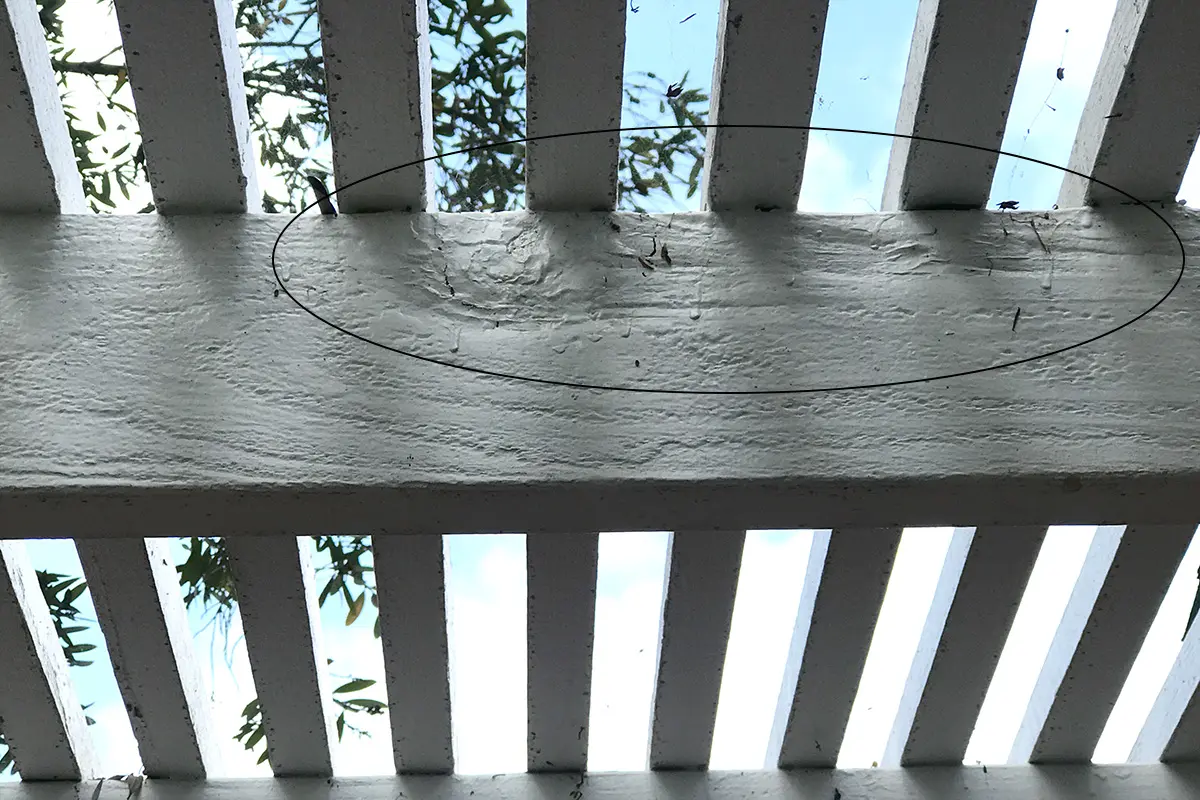
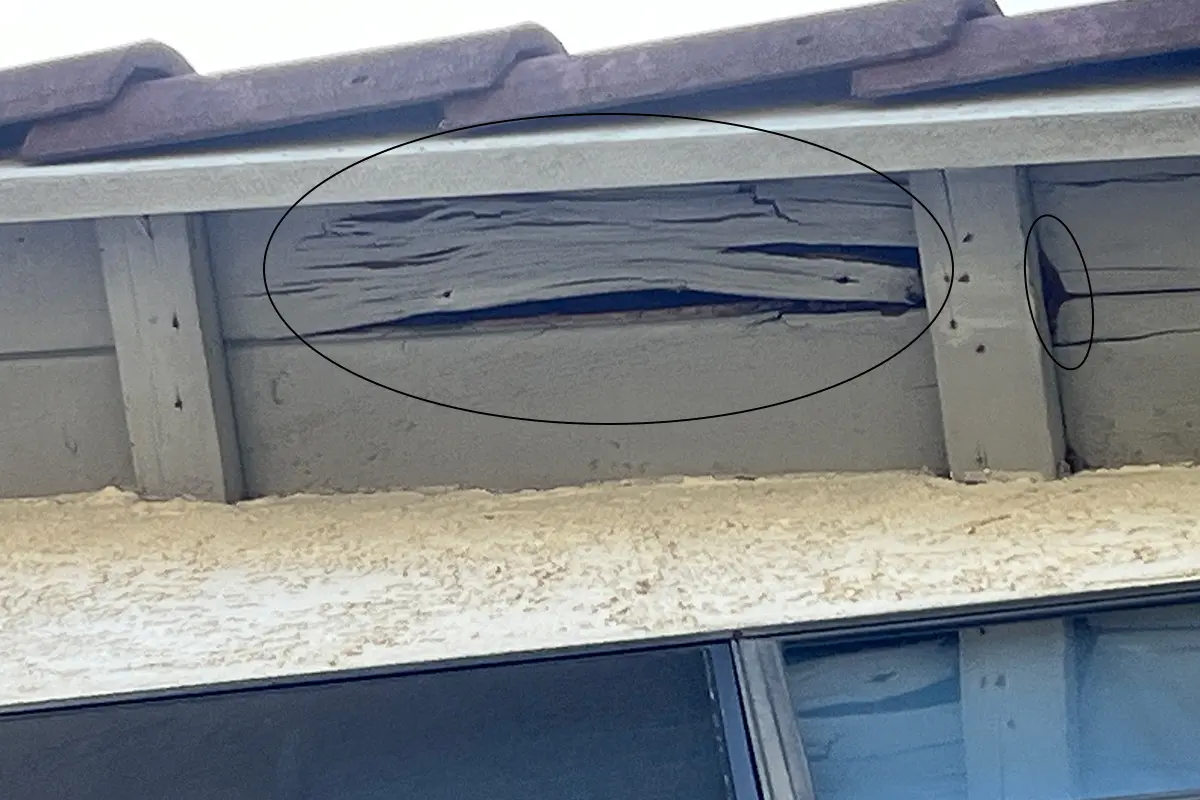
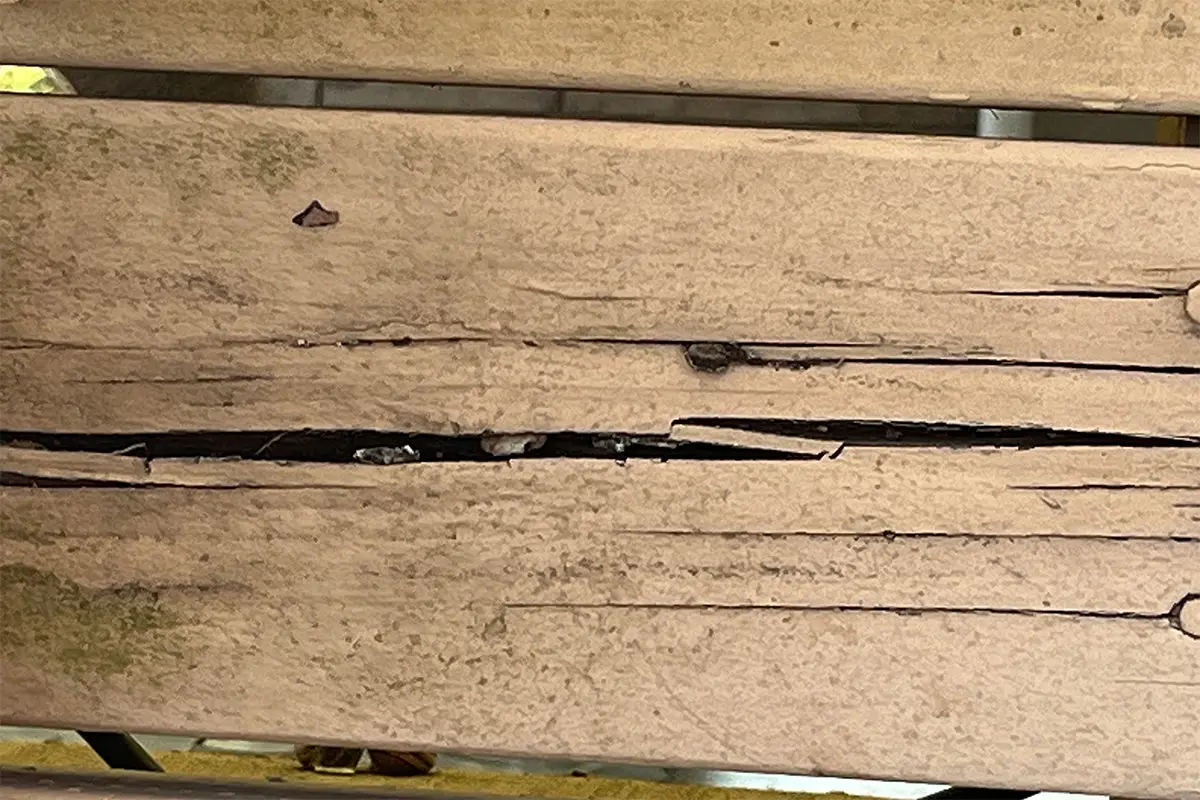
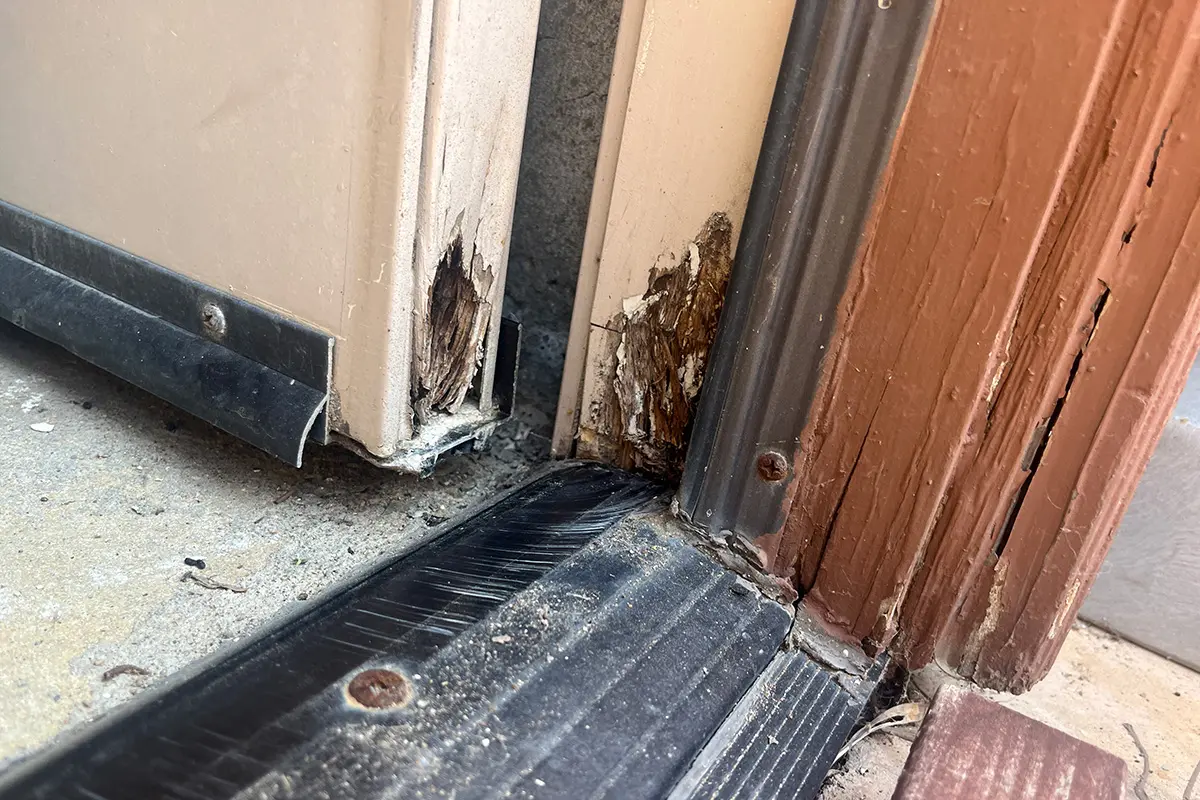
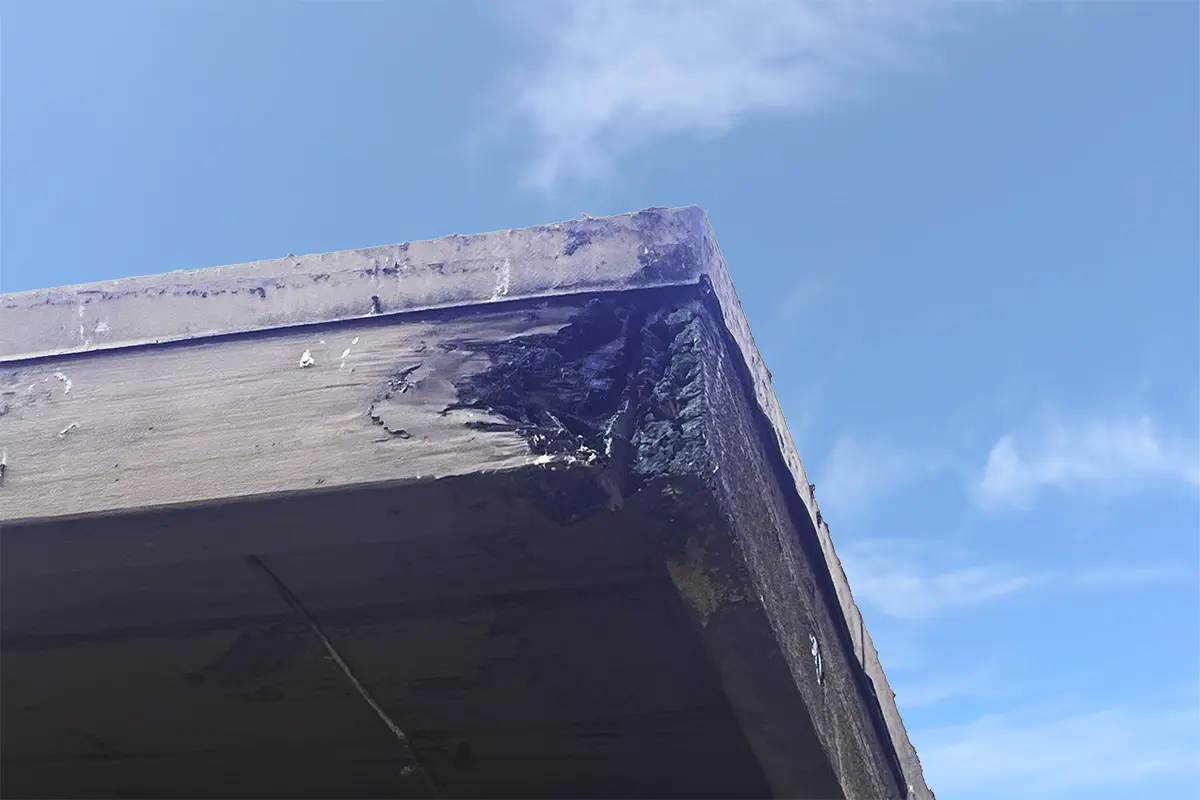
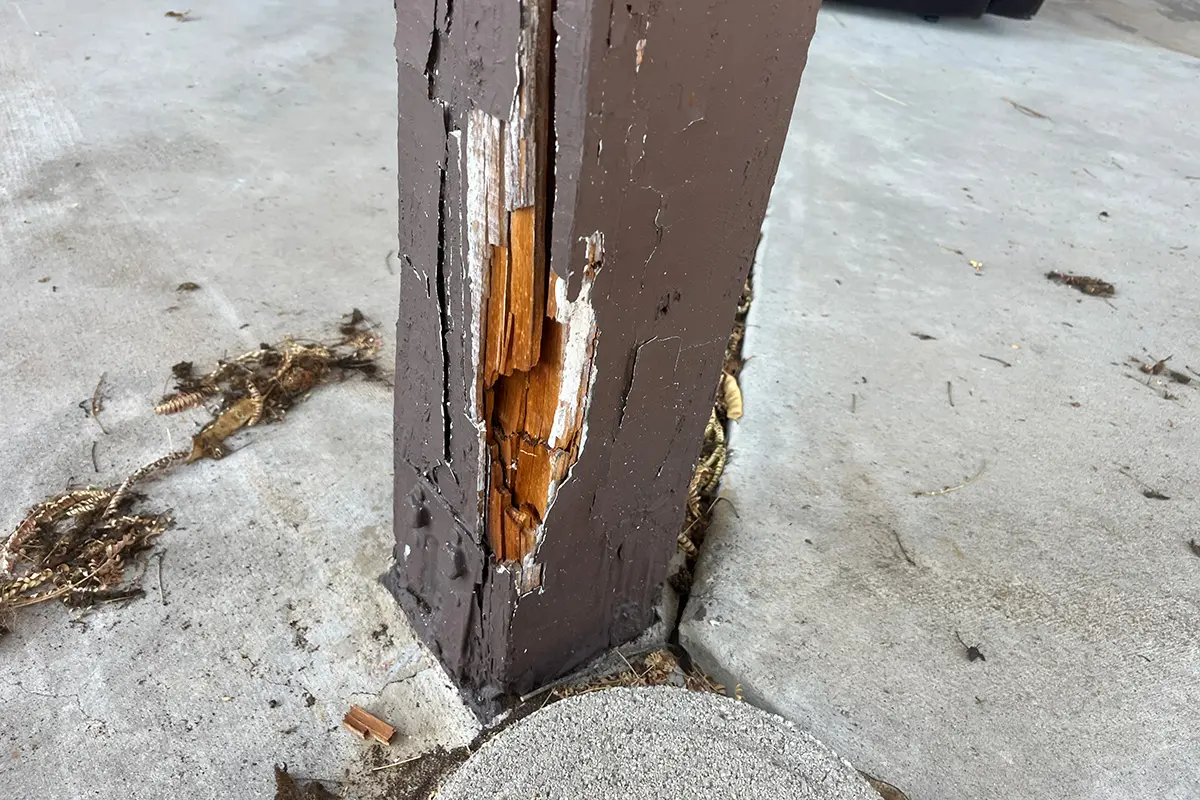
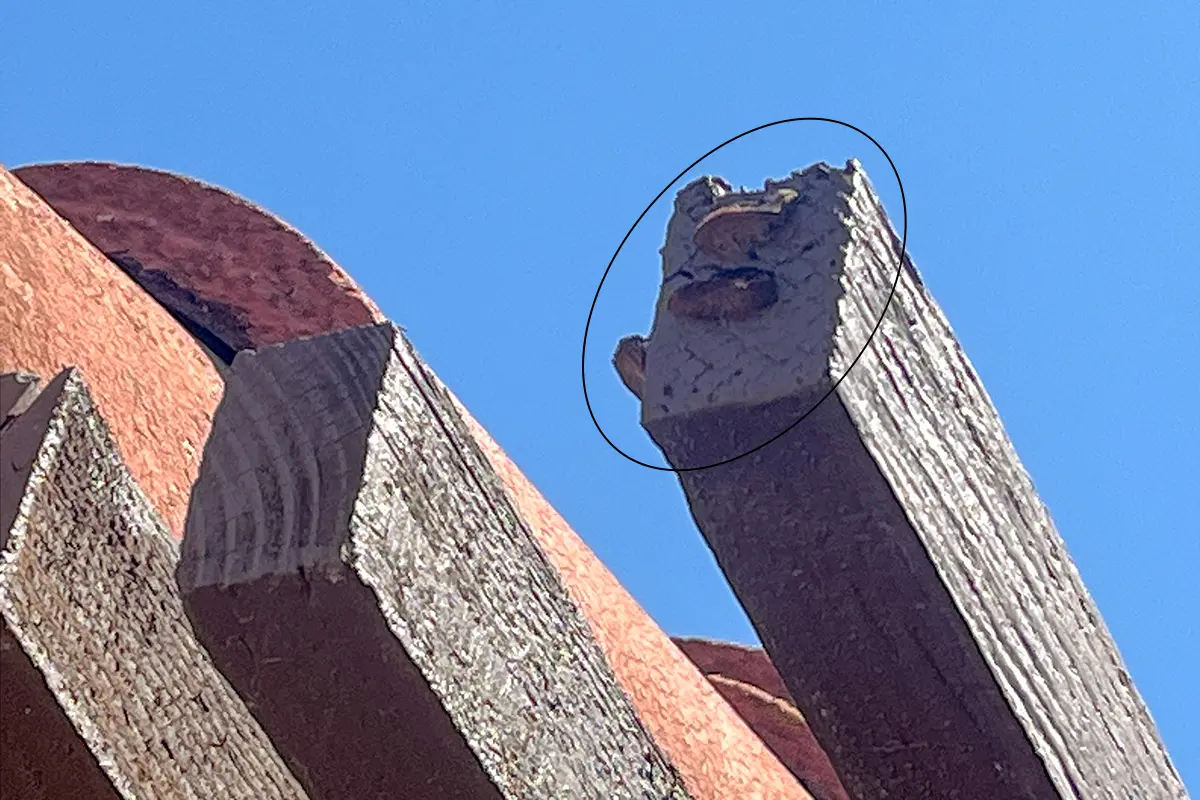
Recognizing the signs early can make all the difference. Whether it’s the pinholes of drywood termites, the mud tubes of subterranean colonies, or the telltale signs of dryrot, early detection helps prevent costly repairs down the line. If you suspect wood-destroying organisms at your property, schedule a free inspection with WoodWise Termite. We’ll help you identify the problem and find the right solution.